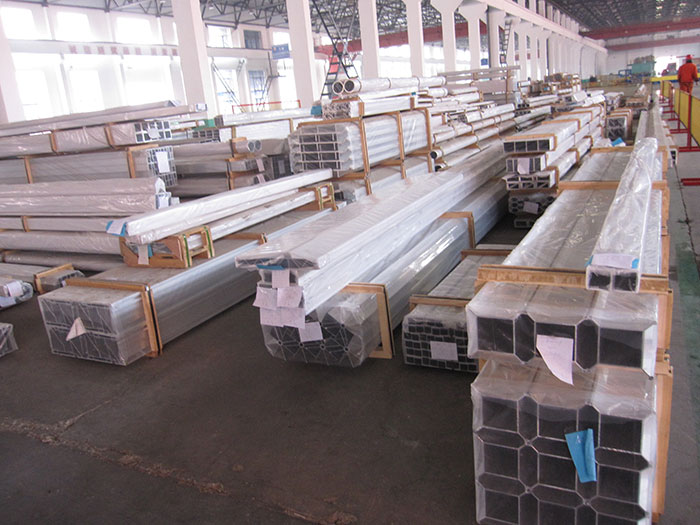2024-T3 aluminium alloy is a product after heat treatment, and its mechanical properties are improved significantly.
2024 is a typical hard aluminium alloy in the aluminium-copper-magnesium system. It is a heat-treated alloy with high strength, easy processing, easy turning and general corrosion resistance. The main uses of 2024 aluminium bar: aircraft structure, rivets, truck hub, propeller assembly and other structural parts.
Main characteristics and application scope of
2024 aluminium alloy: it is a kind of hard aluminium with high strength, which can be strengthened by heat treatment, medium plasticity under quenching and hardening conditions, good spot welding, tendency to form intergranular cracks in gas welding, good machinability after quenching and cold hardening, and low machinability after annealing. The corrosion resistance is not high. Anodic oxidation treatment and painting or aluminium coating are often used to improve the corrosion resistance. Uses are mainly used to produce various high-load parts and components (but not stamping forgings), such as aircraft skeleton parts, skin, partition frames, wing ribs, wing beams, rivets and other working parts below 150 C.
Chemical Constituents of
2024 Aluminum Alloy:
Silicon Si: 0.50
Iron Fe: 0.50
Copper copper: 3.8-4.9
Manganese Mn: 0.30-1.0
Magnesium Mg: 1.2-1.8
Chromium chromium: 0.10
Zinc and zinc: 0.25
Aluminum Al: Allowance
2024 aluminium alloy, the main alloying elements are copper and magnesium. Applied in places where high strength but low weight ratio is required, as well as good fatigue strength. It is not weldable and has general processing performance. Due to poor corrosion resistance, aluminum-zinc splints are usually used as protection, which results in lower fatigue strength.
The ultimate tensile strength of
2024-T3 aluminium alloy is 58,000-62,000 psi (400-427 MPa) and its yield strength is 39,000-40,000 psi (269-276 MPa). The elongation is 10-15%.





